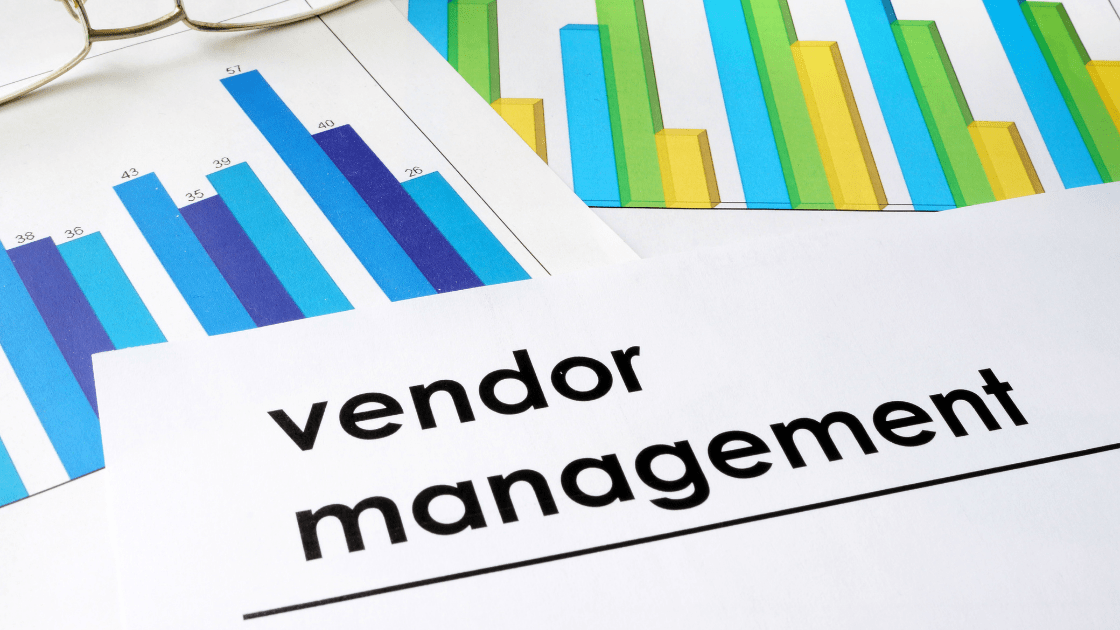The following template is a possible starting point for evaluating strategic vendor performance. You can modify the criteria, the weights and the frequencies depending on your specific industry and company needs.
Evaluation Purpose:
This evaluation aims to assess the performance of key vendors against strategic procurement objectives, focusing on cost-effectiveness, reliable performance, risk mitigation, and fostering strong relationships.
Evaluation Criteria:
- Cost (Weight: 40%)
- Subcriteria:
- Price per Unit (Data Source: Vendor Quotes/Contracts)
- Payment Terms (Data Source: Vendor Quotes/Contracts)
- Total Cost of Ownership (TCO) Analysis (Data Source: Internal Data & Vendor Quotes) –
- Hidden Cost Tracking (Data Source: Vendor Invoices) –
- Subcriteria:
- Performance (Weight: 35%)
- Subcriteria:
- On-time Delivery Rate (Data Source: Vendor Performance Reports) –
- Quality Control Data (Data Source: Internal Quality Control) –
- Order Fulfillment Accuracy (Data Source: Vendor Performance Reports) –
- Lead Time Analysis (Data Source: Internal Data) –
- Subcriteria:
- Risk (Weight: 15%)
- Subcriteria:
- Financial Stability Assessment (Data Source: Public Filings or Vendor Documentation) – Uploaded on EvaluationsHub.com
- Business Continuity Plan Review (Data Source: Vendor Documentation) – Uploaded on EvaluationsHub.com
- Subcriteria:
- Relationship (Weight: 10%)
- Subcriteria:
- Responsiveness to Inquiries (Data Source: Internal Communication Records)
- Supplier Satisfaction Survey (Data Source: Internal and external Survey)
- Subcriteria:
Evaluation Methods:
- EvaluationsHub.com platform will be used to:
- Track key metrics like on-time delivery rate, order fulfillment accuracy, and communication responsiveness.
- Upload supporting documents like vendor quotes, quality control reports, and business continuity plans.
- Conduct anonymous supplier satisfaction surveys to gather valuable feedback.
- Leverage the TCO analysis feature to calculate the total cost of ownership associated with each vendor.
Feedback Methods:
- Regular performance reports will be shared with vendors, highlighting areas for improvement and opportunities for collaboration.
- Supplier summits or roundtables will be facilitated to foster open communication and knowledge sharing.
Success Criteria:
- Consistent achievement of target metrics (e.g., on-time delivery rate, quality control standards).
- Reduced total cost of ownership (TCO) through negotiation and cost optimization strategies.
- Improved risk mitigation through financially stable vendors with robust business continuity plans.
- Strong and collaborative relationships built on effective communication and mutual satisfaction.
Continuous Improvement:
The evaluation process will be conducted at regular intervals (e.g., quarterly or annually). Feedback will be incorporated to refine the evaluation criteria and identify areas for improvement in the vendor management process.
Benefits:
- Streamlined data collection and tracking: centralize all vendor data and performance metrics in one place.
- Automated calculations and analysis tools: Features like TCO analysis save time and effort compared to manual calculations.
- Improved communication and collaboration: Facilitate communication with vendors and fosters a collaborative environment.
- Data-driven decision making: Provides insights to make informed decisions about vendor selection and management.
By leveraging EvaluationsHub.com’s comprehensive features and this strategic evaluation framework, you can optimize your vendor management processes, achieve cost savings, and build stronger relationships with your key suppliers.


